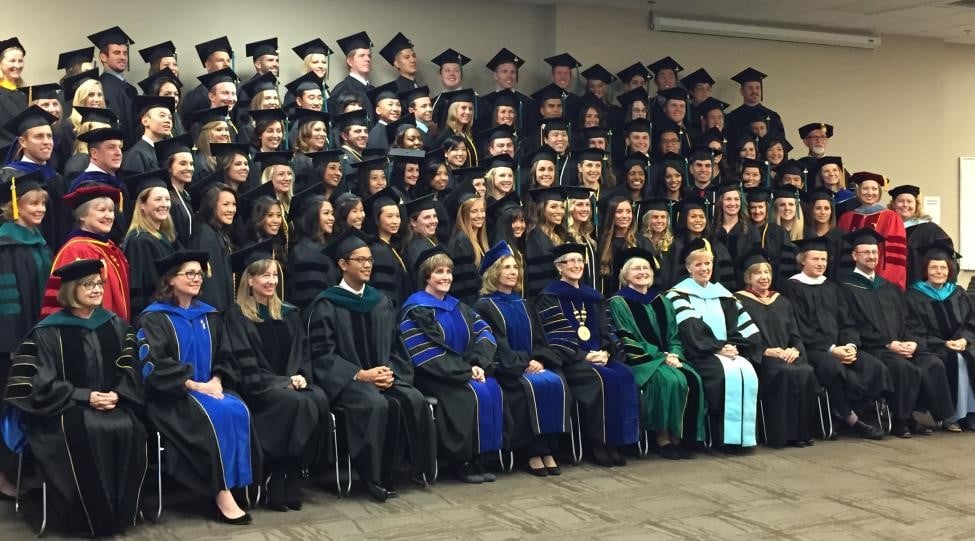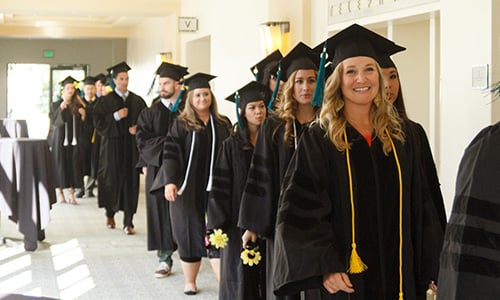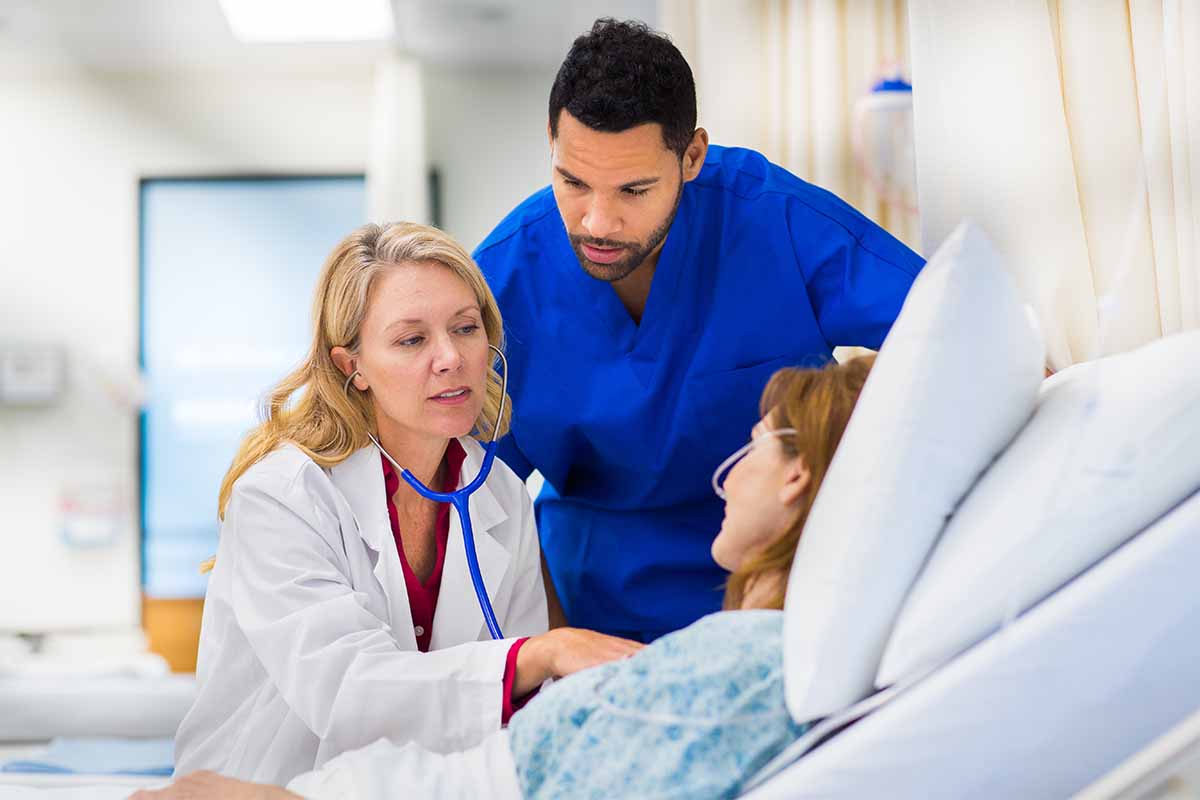 Cornelius Henderson, a Flex Doctor of Physical Therapy student on the St. Augustine campus, has a simple approach: Get to know patients’ personalities and listen to their therapy goals. From there, make it happen.
Cornelius Henderson, a Flex Doctor of Physical Therapy student on the St. Augustine campus, has a simple approach: Get to know patients’ personalities and listen to their therapy goals. From there, make it happen.
Here, Henderson shares how classes about neurodevelopmental treatment (NDT) gave him another clinical option to use during his field work at The Courtyard Rehabilitation and Healthcare Center in Victoria, Texas, where he helped a 78-year-old stroke patient.
“NDT is usually for people who have weakness related to stroke, Parkinson’s, multiple sclerosis. You perform a facilitation technique to help them move their limb or come up to stand. For example, when they’re walking, you stand in front of the patient and help advance their leg, activating the right muscles. Sometimes you have to manually move the leg, but sometimes you just help them activate it at the right time.”
“At Courtyard, one of my patients recovering from a stroke had trouble with his balance and blood pressure. He wanted to work in his garden again, caring for his crepe myrtles and feeding wild birds with the birdfeeder. With his falls and inability to get up, he couldn’t. “We built his endurance up and monitored his blood pressure. He would walk 30 feet and then have a rest, then another 30 feet and have a rest. We also used NDT. While he was sitting, I put my left hand along his lumbar spine.
As he stood, I pushed a little to create a normal forward lean. Then, I put my right hand in front of him, around his clavicle, to help him stand upright. It gave him stability. “By the end, he could walk 120 feet from the therapy gym and then 400 feet around the building without loss of balance, complaints of dizziness, or shortness of breath. He also went outside near the bushes and was able to get up off the ground—just like he would in his garden. That experience showed me NDT can really work.
“I feel like I develop a connection with my patients. Once you know how to be a people person, it’s easy to work with everyone.”








